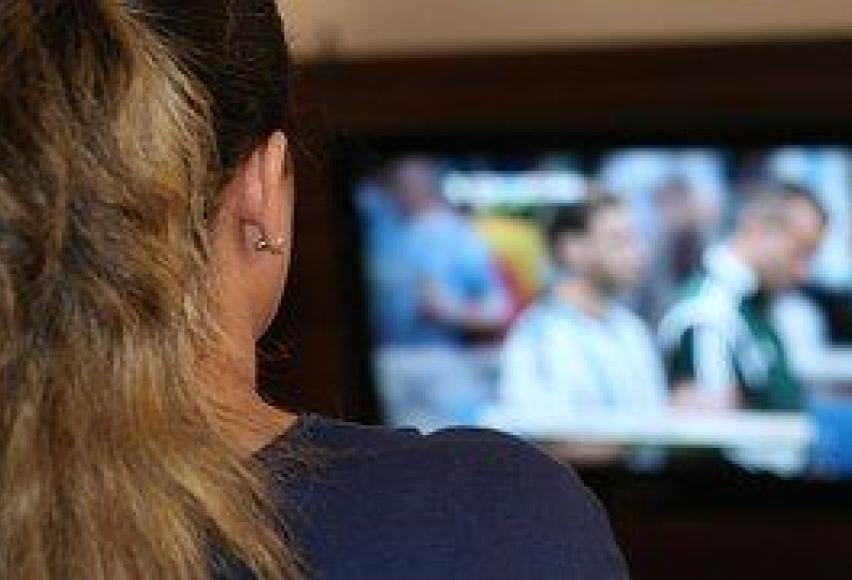Is Boredom Causing You to Pull?

Online test
Find out the severity of your symptoms with this free online test
You’re watching tv, staring at the screen, barely registering what you’re watching. You’re listening to your teacher, or your boss, going on and on and you can’t even fathom what he’s talking about. Your hands stray to your hair, spurred on by an irresistible urge to tug, to pluck. You yank out your hair and feel an immense sense of relief. You can’t stop. You do it again…and again, day after day, week after week. Bald spots appear and still…you can’t stop yourself. YOU ARE NOT ALONE!
What are Triggers?
Trichotillomania is a disorder that causes people to pull out their hair from their scalp, eyelashes, eyebrows, arms, legs, chest or anywhere else on their bodies resulting in bald patches. Reportedly triggered by boredom, stress, frustration and anxiety, chronic hair pulling can be the bane of one’s life. But what are triggers and how does it work? A trigger is an event, situation or feeling that signals the neural pathways to react in a certain way. People who pick out of boredom may be sensory seeking, meaning that their neural pathway craves constant stimulation. They may find that during times of inactivity or passive activity there is an increased tendency to pick. This is because the inactivity is a trigger for the neural pathway to seek out sensory stimulation. On the other hand, picking during boredom may be an indication of underlying anxiety whereby the person feels overwhelmed by anxious thoughts and feelings, which they are usually distracted from by keeping active and busy. During times of passivity the mind becomes preoccupied by these negative thoughts and emotions and this then triggers the urge to pick.
Becoming Aware
It takes a conscious decision and the help of people around you, to help you recognize the situations and contexts in which you tend to pick and help you find ways to resolve these, but is is a fundamental aspect of any Cognitive Behvioural Therapy (CBT) program for trichotillomania. With scholars, this behaviour could be indicative of a child who’s struggling academically, or is not being extended or stimulated within the classroom. There could be frustration stemming from a lack of understanding of teaching processes or content that is being taught. It could also be an indicator of being bullied or suffering emotional turmoil from having friendship issues. For an adult it may be financial, relationship or work issues. It is important to be supportive of people who are prone to hair pulling and help them gain awareness of their condition. If you are the sufferer it is important that you reach out to someone you trust and realise that you are not alone and it is not your fault.
Online test
Find out the severity of your symptoms with this free online test
Start your journey with TrichStop
Take control of your life and find freedom from hair pulling through professional therapy and evidence-based behavioral techniques.
Start Now



